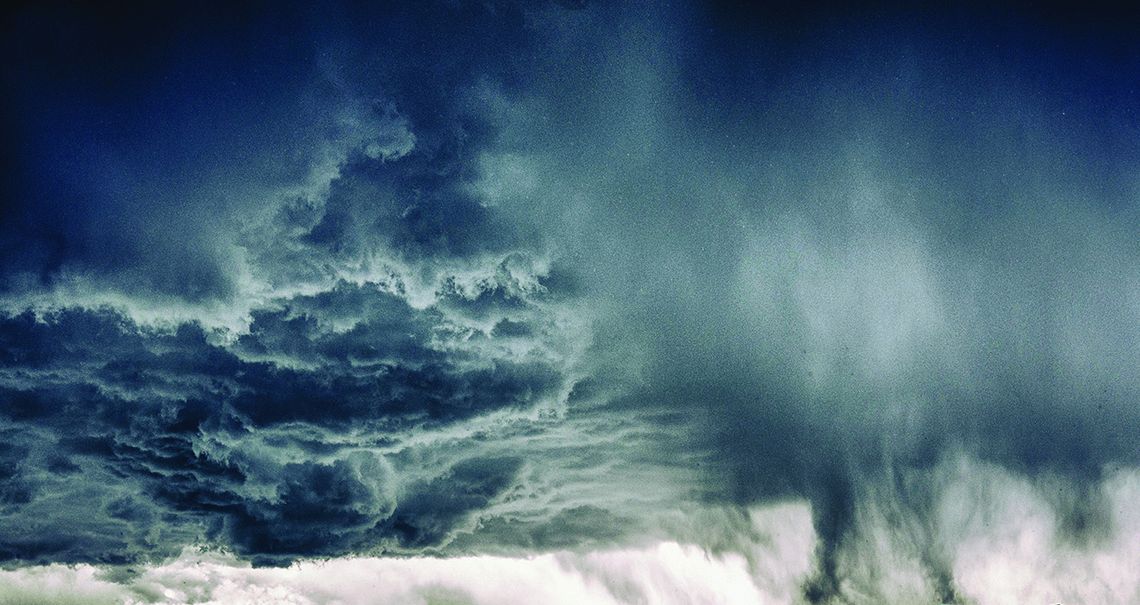WAYNE — The Northeast Nebraska Public Health Department is pleased to announce the installation of a new air quality sensor in the region, called a PurpleAir sensor.
Installed within the health district at Laurel, this sensor will help support air monitoring efforts in the state to help residents make informed decisions for their health.
The quality of our air can have direct impacts on our health. No matter where you live, you can be exposed to air pollution from vehicle exhaust, smoke, road dust, industrial emissions, pollen, gas-fueled yard equipment, and other sources. The new sensor will monitor a very important component of air pollution from these sources: small particles referred to as PM2.5. These particles are very small, just 2.5 micrometers (mm) in diameter, invisible to the human eye.
When we breathe in air pollution, which can contain these particles, they can enter the bloodstream and can contribute to short-term or even long-term health effects. Short-term health effects from breathing in air pollution can include shortness of breath, chest pain, coughing, wheezing, fatigue, asthma attacks, and irritation to the eyes, throat, and airways. Long-term exposure, such as for those people working outside, can increase the risk of respiratory infections, heart disease, lung disease, stroke and lung cancer.
Individuals with pre-existing conditions such as asthma, heart disease or respiratory conditions may be particularly vulnerable. Children, the elderly and pregnant women are considered at high risk when the amount of PM2.5 particles in the air is high.
Collecting data every 10 minutes, the sensor will help our health department to keep an eye on changes in air quality throughout the day, the season and the year in the region. Information collected from the sensor is also publicly available for you to view at www.AirNow.gov by clicking the “Maps and Data” tab at the top of the screen and selecting the “Fire and Smoke Map.” You can view individual sensor readings on this map.
The PurpleAir sensor will be part of a group of sensors across the state that are used to determine an Air Quality Index (AQI) for your area. The AQI is a measure of your air quality, which ranges from good (o-50), moderate (51-100), unhealthy for sensitive groups (101-150), unhealthy for all (151-200), very unhealthy (201300,) and hazardous (301-500).
It’s important to regularly check the air quality index (AQI) because there are steps that you can take reduce exposure to air pollution on poor air quality days, such as avoiding exercising outdoors and limiting the amount of time that you and your family spend outdoors.
For more information about air quality or the new PurpleAir sensor, please contact the Northeast Nebraska Public Health Department at 402-375-2200 or 215 N. Pearl St., Wayne, NE 68787.
.jpg)











